Three times in five years has the Pritzker Architecture Prize gone to a Japanese architect, with 56-year-old Shigeru Ban receiving the industry's top honour in 2014.
Recognised for excellence in his built work, as well as his significant and consistent contributions to humanity, the 56-year-old architect is most renowned for his creative use of paper and cardboard in his extensive disaster relief efforts.
“He is an outstanding architect who, for twenty 20 years, has been responding with creativity and high quality design to extreme situations caused by devastating natural disasters. His buildings provide shelter, community centres, and spiritual places for those who have suffered loss and destruction,” noted the jury.
“When tragedy strikes, he is often there from the beginning, as in Rwanda, Turkey, India, China, Italy, and Haiti, and his home country of Japan, among others.”
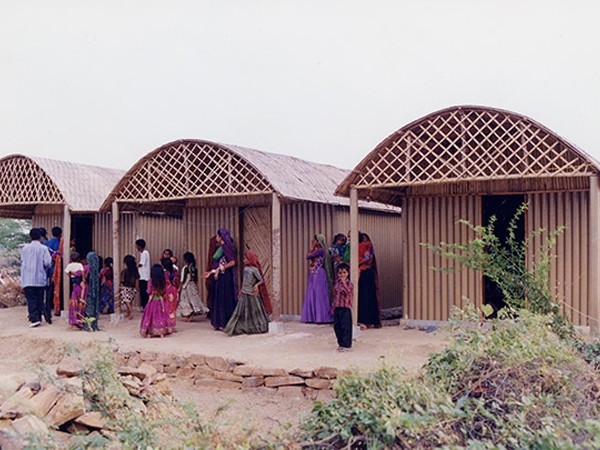
Paper Log House, Bhuj, India, 2001. Photo by Kartikeya Shodhan
Ban’s humanitarian work began in response to the 1994 Rwanda conflict, where he proposed paper-tube shelters to house the millions thrown into tragic living conditions. The United Nations High Commissioner for Refugees subsequently hired him as a consultant.
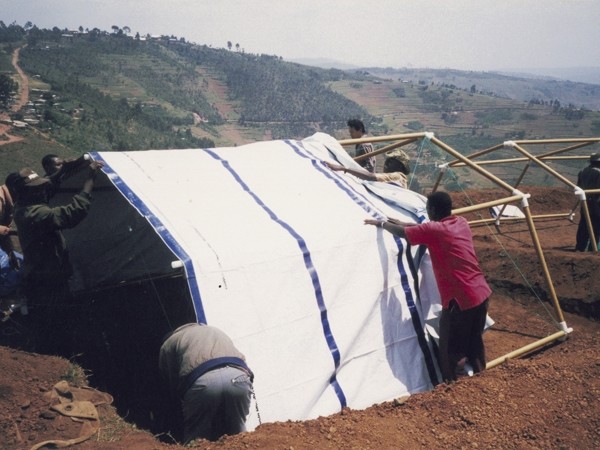
Paper Emergency Shelter for UNHCR. Image courtesy of Shigeru Ban Architects
After the 1995 earthquake in Kobe, Japan, he developed the ‘Paper Log House’ for Vietnamese refugees. Here, donated beer crates were filled with sandbags to form the foundation of the house, with paper cardboard tubes lined up vertically to create the walls.
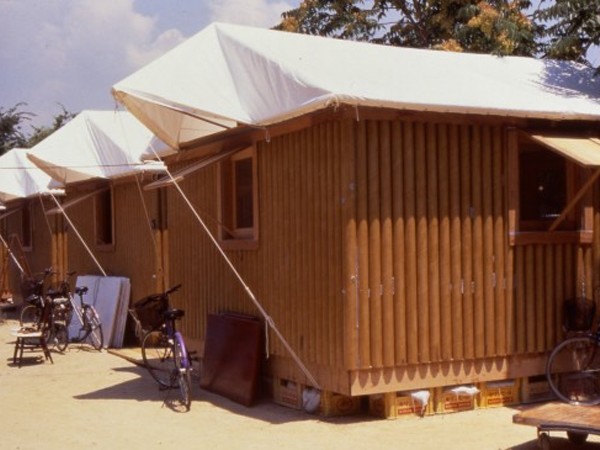
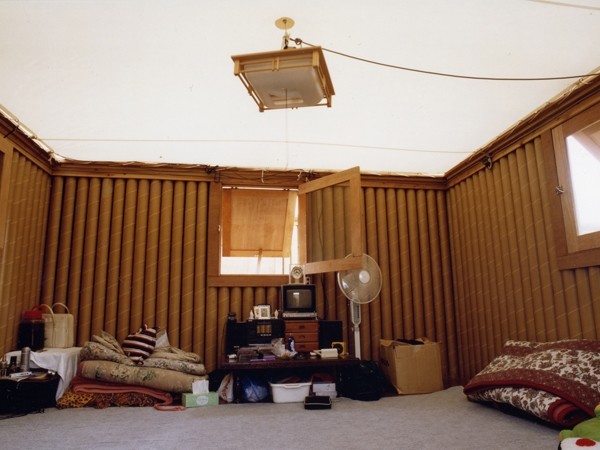
Paper Log House, Kobe. Photo: Hiroyuki Hirai
However, Ban’s innovative use of unconventional materials also extends to his wide range of works for private clients, with structure, materials, view, natural ventilation, comfort and light forming the basis of all parts of his practice.
For instance, The Naked House (2000) in Saitama, Japan by Ban is clad in clear corrugated plastic, and sections of white acrylic are stretched internally across a timber frame. With translucent panels layered to evoke the glowing light of a shoji screen, the house consists of one large, two-storey space, in which four personal rooms on casters can be moved about freely so that family members are never secluded.
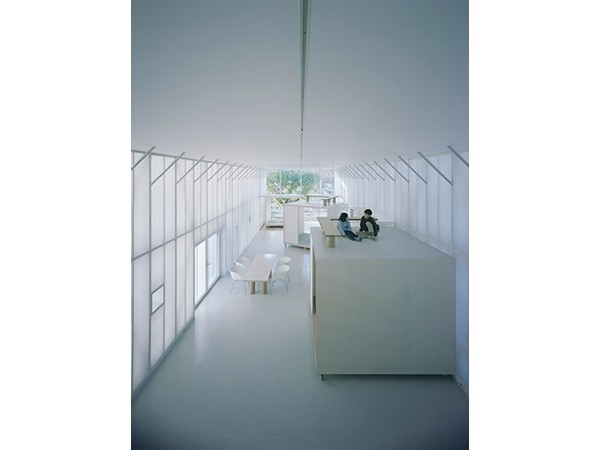
Naked House, Saitama, Japan, 2000. Photo by Hiroyuki Hirai
Another notable example is the Nomadic Museum, where Ban utilised ready-made transportation containers for construction. His own studio in Paris was built using cardboard tubes and a membrane covering the arched roof.
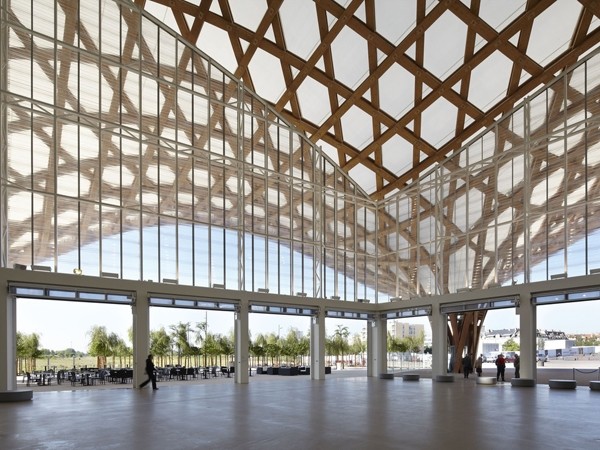
Centre Pompidou-Metz in northeast France. Photo by Didier Boy De La Tour/Shigeru Ban Architects
Closer to home, Ban was the designer behind the Cardboard Cathedral, which today continues to serve as a symbol of reconstruction to the city of Christchurch following the devastation of the 2011 New Zealand Canterbury earthquake.
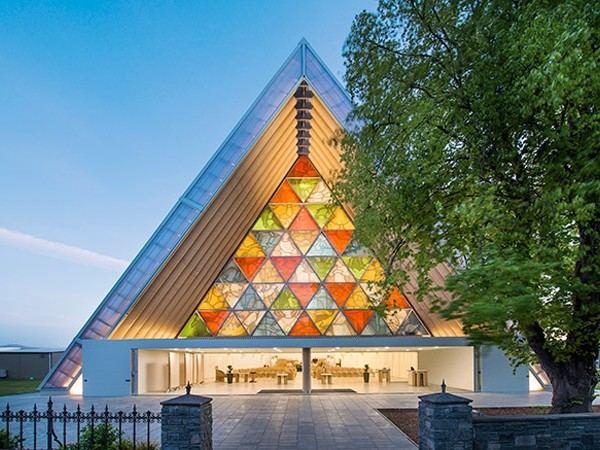
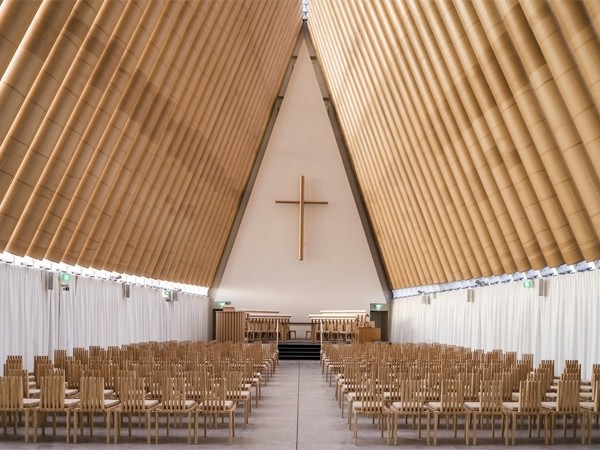
Cardboard Cathedral, Christchurch, New Zealand, 2013. The contemporary cardboard cathedral is made of paper tubes. Photo by Stephen Goodenough
His use of modest materials and systems appropriate to the context of his projects and in sync with the environment has led many to label Ban’s architecture as ‘sustainable’, although the architect never intends to add-on the ‘concept’ to his works.
“When I started working this way, almost thirty 30 years ago, nobody was talking about the environment. But this way of working came naturally to me. I was always interested in low cost, local, reusable materials,” says Ban.
With offices in Tokyo, Paris and New York today, Ban was educated at the Southern California Institute of Architecture, and earned his bachelor’s degree in architecture from Cooper Union in New York.He began in his practice in 1985 without any work experience.
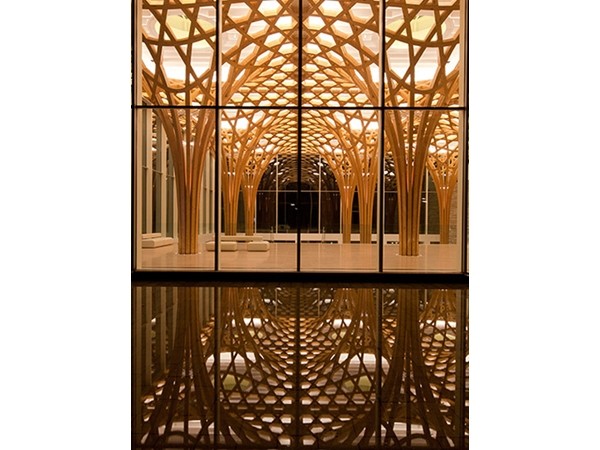
Haesley Nine Bridges Golf Club House, Korea, 2010. Photo by Hiroyuki Hirai
He also founded the non-governmental organisation, VAN: Voluntary Architects’ Network, in 1995, which has allowed him to conduct his many years of disaster relief work in countries hit by tsunamis, earthquakes, hurricanes and war.
Ban is currently a professor at Kyoto University of Art and Design, and teaches at architecture schools around the world. He served as a member of the Pritzker Architecture Prize jury from 2006 to 2009, and is the seventh Japanese architect to become a Pritzker laureate.
“Receiving this prize is a great honour, and with it, I must be careful. I must continue to listen to the people I work for, in my private residential commissions and in my disaster relief work,” he says.
“I see this prize as encouragement for me to keep doing what I am doing – not to change what I am doing, but to grow.”
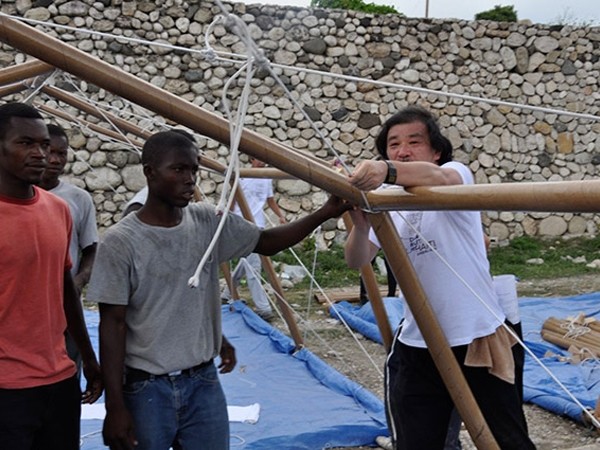
Paper Emergency Shelter for Haiti, Port-au-Prince, Haiti, 2010. Photo by Shigeru Ban Architects
The Pritzker Prize award ceremony will be held on 13 June at the Rijksmuseum in Amsterdam.
From his creative approach and innovation, to his great knowledge of structure and respect for the people who inhabit his buildings, click HERE for all the reasons why the jury chose Shigeru Ban as the 2014 Pritzker Architecture Prize Laureate.

